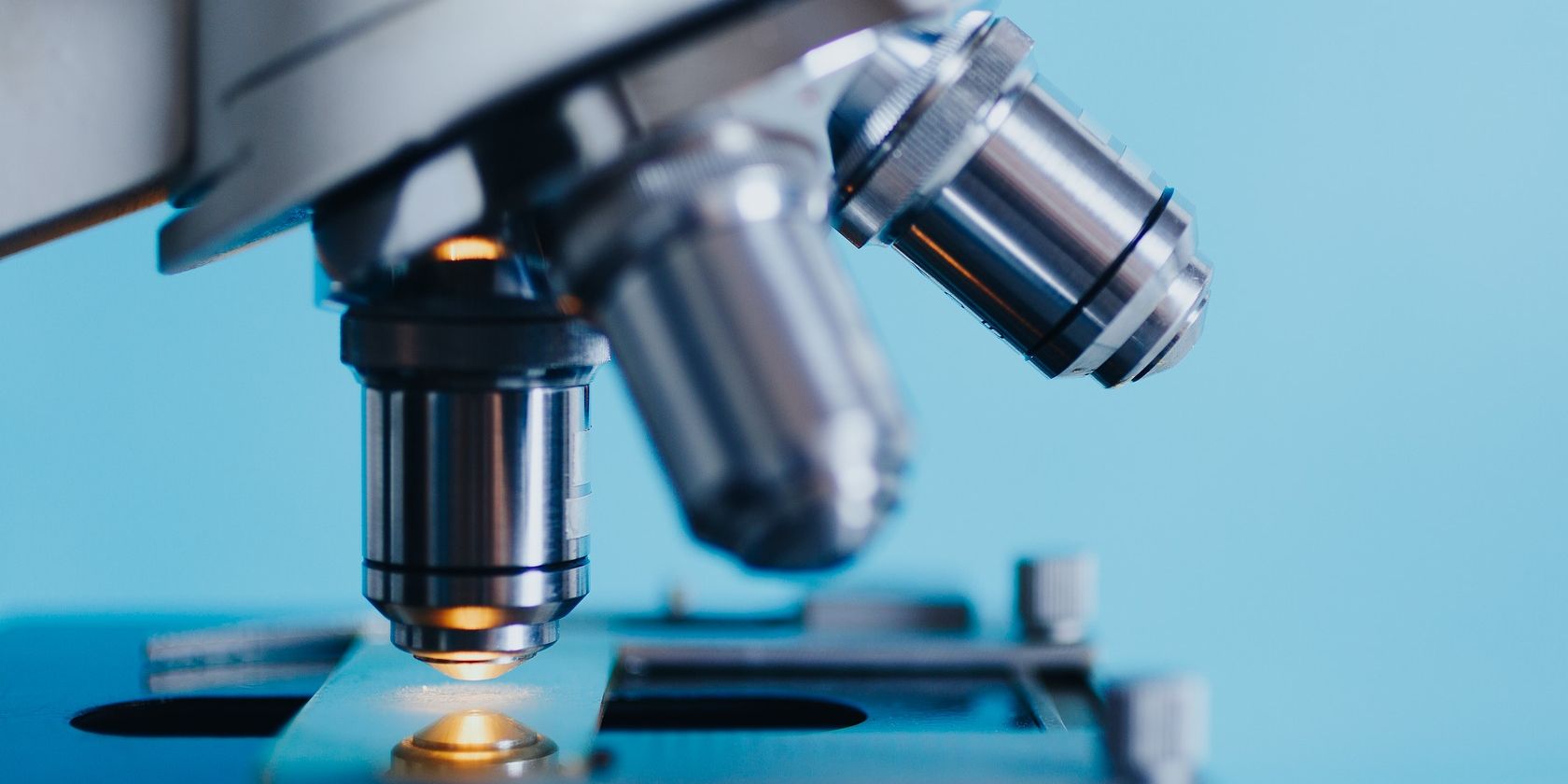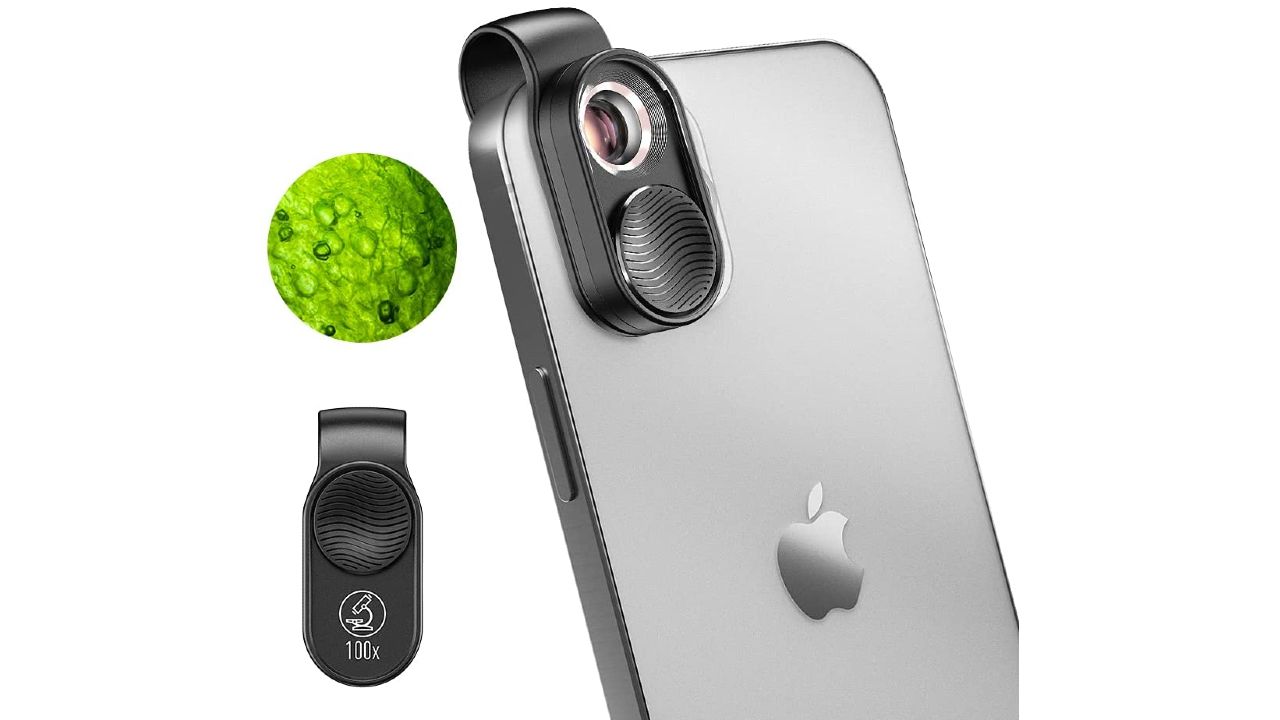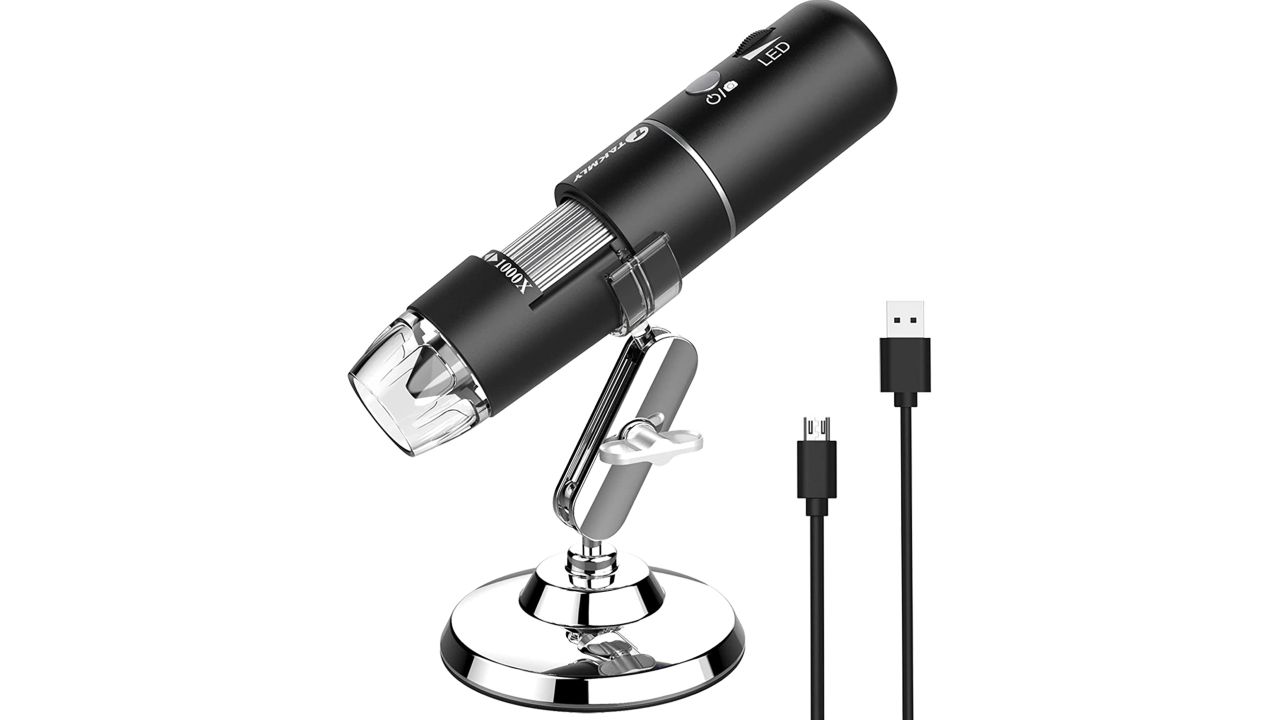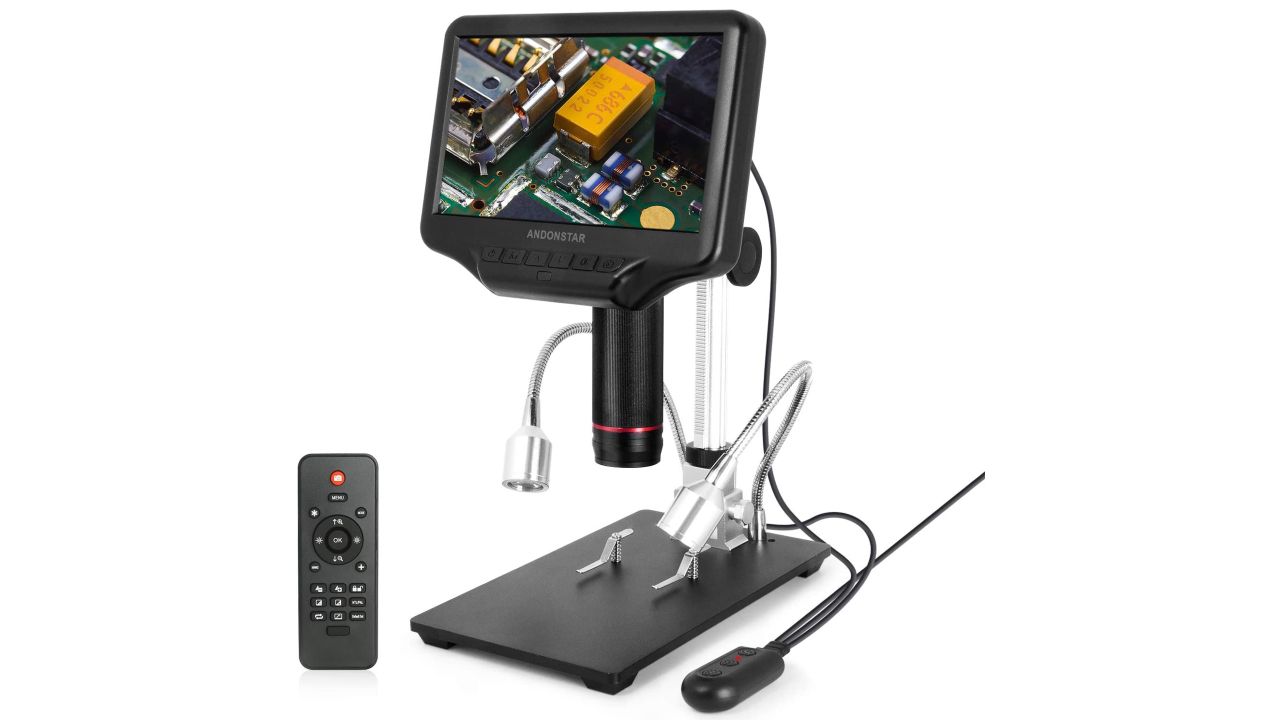Looking at the world up close is breathtaking. Whether it's your dirty laptop keyboard or an intriguing rock you found in nature, admiring them through a microscope is one of the coolest things you can experience.
Nowadays, microscopes have gotten more affordable and easier to use, making them accessible to everyday people. But which microscope should you buy? Here, we'll discuss the four common kinds of microscopes you'll find and help you decide.
Why Should You Buy a Microscope?
Microscopes are used to look closely at the microscopic world, and it's incredibly interesting for adults and children alike. Scientists use microscopes to study the interactions of microscopic organisms, examine forensic evidence from a crime scene, and observe the health of an ecosystem based on the number of diverse microorganisms in a specific region over time.
Archaeologists also use microscopes to view tiny striations and other imperfections in ancient stone tools. Thanks to humans being inherently curious, many companies have invested time in making microscopes more affordable and easy to use for ordinary people.
Microscopes are a fun way to teach children science by observing things around their homes. Adults can enjoy microscopes too by looking closely at a sample of water from a nearby lake or an interesting rock they found while exploring the outdoors.
So, which microscope should you choose? Well, this depends on your use case and budget. So, let's take a look at your options.
Which Kind of Microscope Should You Buy?
When you first get curious about purchasing your own microscope, you'll search Amazon and find many variations at vastly different price points. But what are their differences, and which is right for you? That's what you'll learn below.
1. Mobile Microscopes
Mobile microscopes are wireless and clip onto your smartphone's camera. These microscopes are compact, cheap, and easy to set up. They are an excellent gift for kids who want to see the world up close but may not be responsible enough to care for a larger, traditional microscope.
They tend to range in price from $10 to $30 and have a magnification up to 100x. This may not be a high enough power to see microscopic organisms but still lets you see individual particles on rocks, leaves, flowers, fabrics, and several other things that look magnificent up close.
Recently, we've seen more complex mobile microscopes, such as the Diple smartphone microscope, which can magnify samples up to 1,000x. It's more expensive than most mobile microscopes, coming in at around $93 for all the accessories, but it's more durable and produces higher quality images than cheaper offerings.
2. USB and Wi-Fi Enabled Microscopes
USB microscopes are a step up from mobile microscopes. They consist of a single lens, built-in LEDs to light up your sample and can be used handheld or attached to a stand.
As you may have guessed from the name, they can plug into a computer via USB, allowing you to see your sample on your monitor. Having a larger monitor will let you see individual particles more closely while also sharing the images with others in the room.
Many of these USB microscopes also have wireless functionality. Once you download the microscope's app, you can wirelessly send the image to your smartphone and use the microscope handheld if you desire. However, the microscope must remain as still as possible to focus closely on an image. Using it handheld will make this difficult, as hand jittering is inevitable.
Wirelessly sending an image to a smartphone also has drawbacks as it will have noticeable lag, making it frustrating to focus on a specific part of your sample. Plugging your microscope into a monitor will remedy this.
Good quality USB microscopes can be found for around $40 and can magnify samples from 200x to over 1,000x.
3. Digital LCD Microscopes
Digital microscopes are great because they have a high-quality screen already attached. These tend to have better build quality, better lenses, more features, and hence more expensive. They can range from around $100 to upwards of $400, but you can find some great options right in the middle of this price range.
The Andonstar HDMI Microscope, for example, is around $230 at the time of writing. It can record video up to 720p, output to a large monitor via HDMI up to 1080p, and magnify up to 560x. Note that the higher magnification does not always mean a higher quality image.
The Andonstar will have a much nicer-looking image than a USB microscope that has a 1,000x lens simply because its lens is much better quality. The microscope also has features to help you focus on your samples way better, giving you a crisper image overall.
Although these digital LCD microscopes are a bit pricier than the previous options, they are an excellent investment for the science nerd in your life. Don't forget that they are much higher quality and have more features that college students and other science lovers will enjoy and find useful.
4. Traditional Microscopes
Traditional microscopes are what you think of when you hear the word "microscope." These can be more difficult to use for the beginner scientist, as they come with a few different lenses and several small parts, sometimes needing assembly. If you want to look at microscopic organisms from a sample you got from a body of water, for example, you'll need a microscope such as this.
Traditional microscopes have a different lighting system where the light shines through your sample rather than shooting down onto it like the other microscopes. This lighting setup is needed to see bacteria and microscopic organisms such as tardigrades because they're mostly transparent at that size.
However, this kind of microscope makes it challenging to view a larger sample. If you want to look at a piece of quartz you found, you'll need to cut off a sample that's small enough to fit under the lens. With a USB or digital LCD microscope, you have the freedom to move your lens and sample freely to view the exact spot you want.
A traditional microscope will also take up a lot more space on your desk than an LCD or USB microscope. Despite these drawbacks, conventional microscopes produce much nicer images and can see a plethora of tiny organisms and bacteria. You can find them for around $100 on Amazon and are perfect for the science enthusiast in your life.
Which Microscope Is Right for You?
Microscopes aren't just for science labs anymore. They've become affordable, easy to use, and are more compact than ever. You can have one in your home to look at the world up close, and you don't have to be a scientist to get the hang of it.
If your main goal is to see microscopic organisms like you probably did in school or college, a traditional microscope is what you'll need. For those more interested in studying larger samples, a USB or digital LCD microscope is the way to go. They're a great way to show your sample to multiple people in the room by outputting the signal to a large monitor.
Though mobile microscopes are cheap and flimsy, it's still a cool piece of tech that can fit in your pocket. Now, all you need to do is buy the microscope you like and put your science curiosity to the test.





